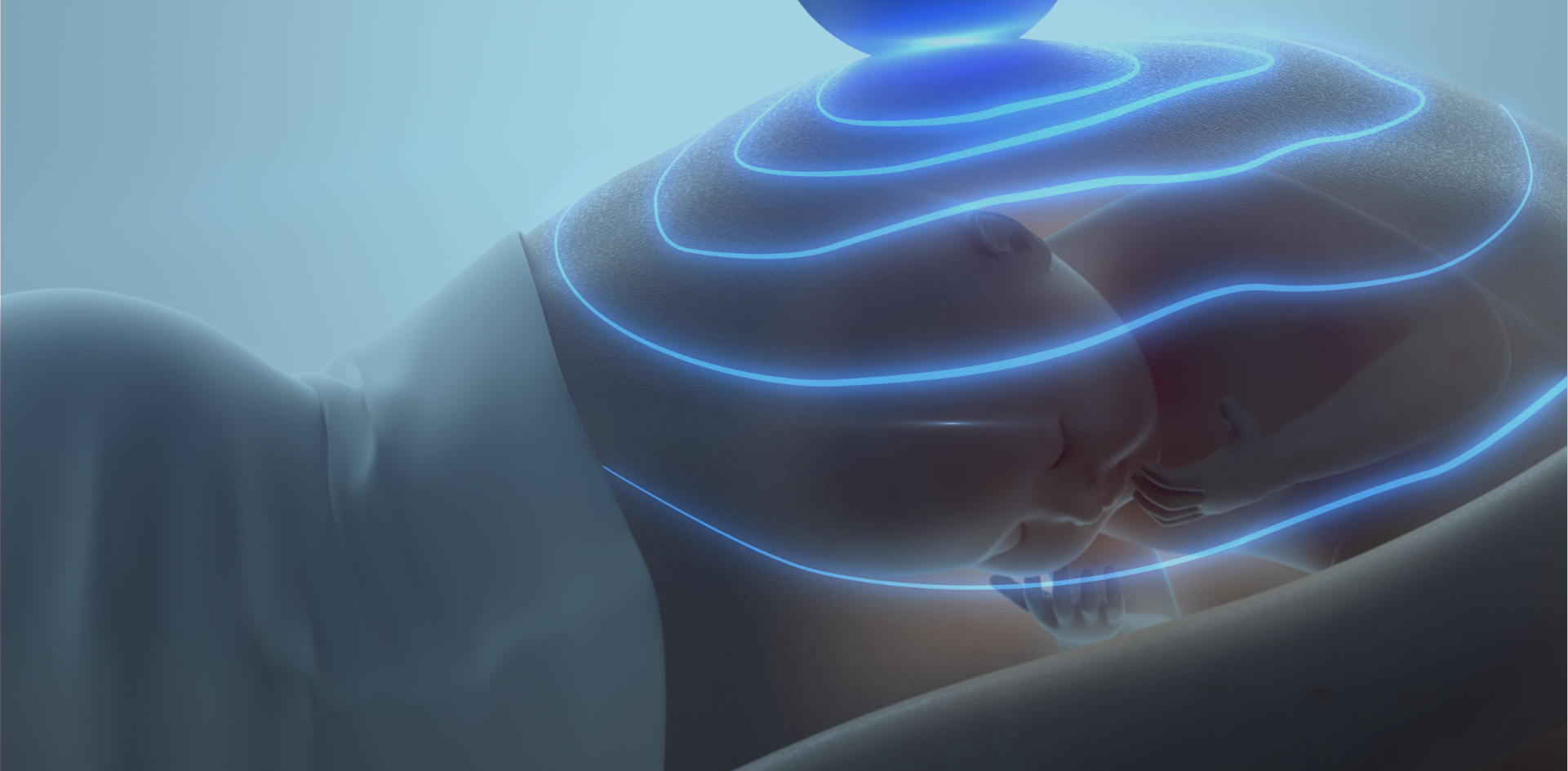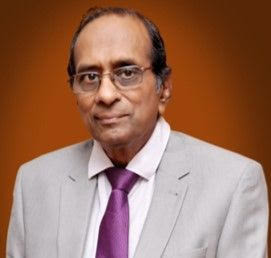
The Importance of Scanning for Gestational Age

Prof. Suresh Seshadri is a fetal medicine expert and diagnostic ultrasound pioneer whose company, MediScan Systems India, which he started with his wife and fellow specialist Dr. Indrani Suresh, introduced ultrasound to the private sector in India in 1982.
Since then, the use of ultrasound in prenatal care in India has expanded dramatically. Intelligent Ultrasound spoke to him about how the use of ultrasound has improved outcomes for births in India and how estimating the gestational age of the fetus with ultrasound is key.
You and your wife started MediScan with the mission of bringing ultrasound to every person who needs it, regardless of their financial standing. Why is ultrasound so important and what are the challenges in increasing access to ultrasound technology in India?
Dr. S: I found ultrasound to be a very cost-effective clinical tool, and scans could be provided at a very low cost or no cost to poor patients. Antenatal ultrasound helped in not only triaging patients but also in reducing hospitalisation costs and providing timely intervention. This we believed would help the government to utilise its resources better.
Ultrasound technology has since grown exponentially in India and its availability here has increased by leaps and bounds, almost 15% every year. With over 28 million births annually, a minimum of 84 million obstetric ultrasounds are required to be done every year.
Ultrasound is used by almost every speciality. It is no longer just an “imaging” tool, it is a clinical tool, a “stethoscope with a view.” The real challenge is that training has not kept up with the increased use of ultrasound, meaning there is a lack of skilled ultrasound operators.
You have focused on using ultrasound in prenatal care, having provided scans to more than 1 million expectant mothers and trained more than 5,200 clinicians to perform them. Have you noticed an improvement in patient outcomes in India as a result?
Dr. S: There is absolutely no doubt that the standard of care has significantly improved over the years and better-informed decisions are made during pregnancy. The number of surprises at birth has reduced. Today, it is very rare to see a very severe birth defect like anencephaly as most of them will be identified early. Continuing educational meetings on a regular basis has helped increase the knowledge across India.
Why is it important to have an accurate gestational age when providing prenatal care, and how effective is ultrasound in determining this?
Dr. S: Accurate gestational age estimation is literally the anchor point by which many decisions are made during pregnancy. Some examples are:
1) Deciding the timing for the NT scan (nuchal translucency scan, which checks for chromosomal abnormalities in the fetus)
2) Identifying the correct estimated delivery date to avoid post-dated pregnancies.
3) Diagnosing fetal growth restriction.
4) Diagnosing abnormalities related to fetal biometry like short or long bones, microcephaly, etc.
What are the difficulties in assessing gestational age?
Dr. S: Assessing gestational age currently requires a skilled clinician who can obtain an accurate fetal biometry plane and make an accurate anatomical measurement from this. This means that women must present to a specialist clinic, like mine, early in the first trimester of gestation to get an accurate baseline Gestational Age. This does not always happen – particularly in rural areas.
Getting an accurate gestational age is further complicated by needing the fetus to be in a good position (for example, the baseline Crown Rump Length (CRL) measurement requires that the fetal head is not flexed forward or backward). Waiting for this slows down the examination even for a skilled sonographer. This definitely increases the time it takes us to do an examination.
Finally, less knowledgeable sonographers can make mistakes by either not obtaining the correct view or by making an incorrect measurement. This emphasizes the importance of training which I have already talked about but is also an area that I think AI can help with.
You’ve seen a prototype of Intelligent Ultrasound’s fetal age estimation software, what did you think of it?
Dr. S: Getting the gestational age as the scan is taking place could be transformational to the way we carry out antenatal scans at MediScan. It will speed things up a lot in the clinic.
There are still many other things to think about, but being able to get basic ultrasound to be performed by local healthcare providers out in the community would also really help those women who, despite the training of doctors, are still not benefiting from the undoubted benefits of ultrasound. I’m thinking of a low-cost system that would for example, assess gestational age, check for fetal viability, and check for twins. That would be even more transformational.
How can AI technology improve scanning, particularly in countries like India?
Dr. S: AI technology is not only for India but the whole world. Human fatigue is common – even experts can make errors during image acquisition. And the current shortage of people for adequate training leads to a gap in available expertise. Hence, we need excellent training and audit tools to ensure consistency, and this I strongly believe will be provided by AI.